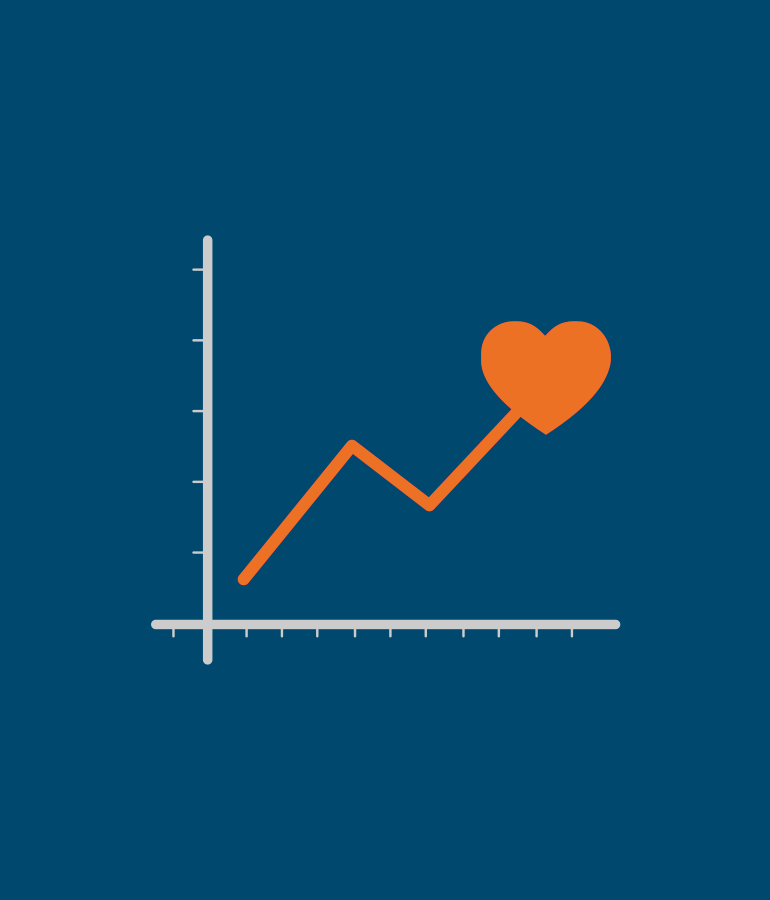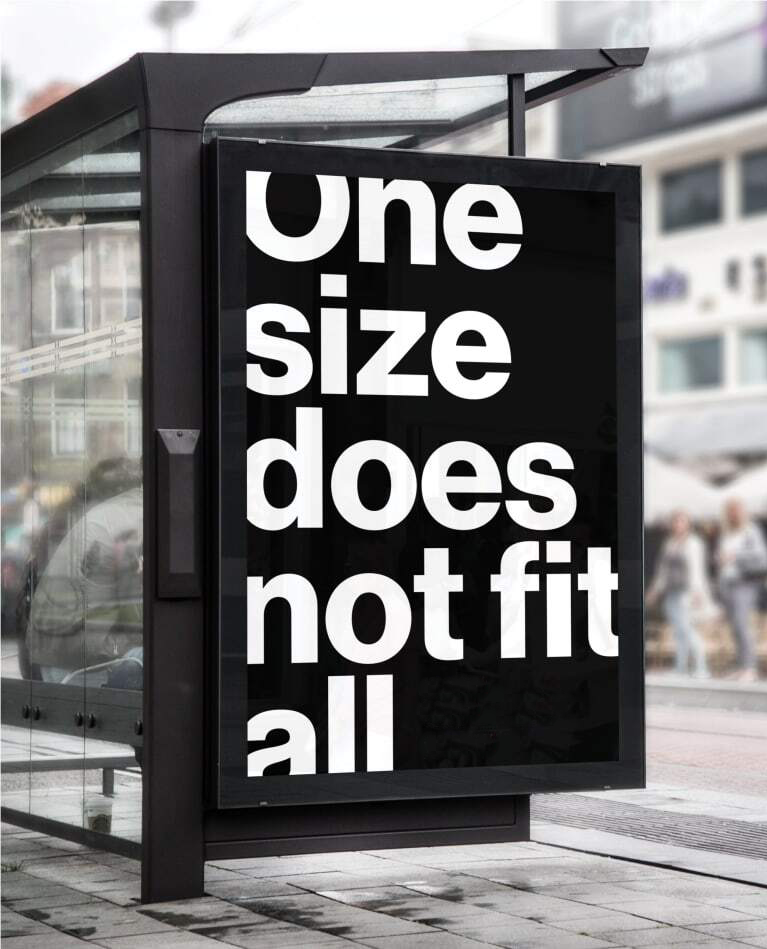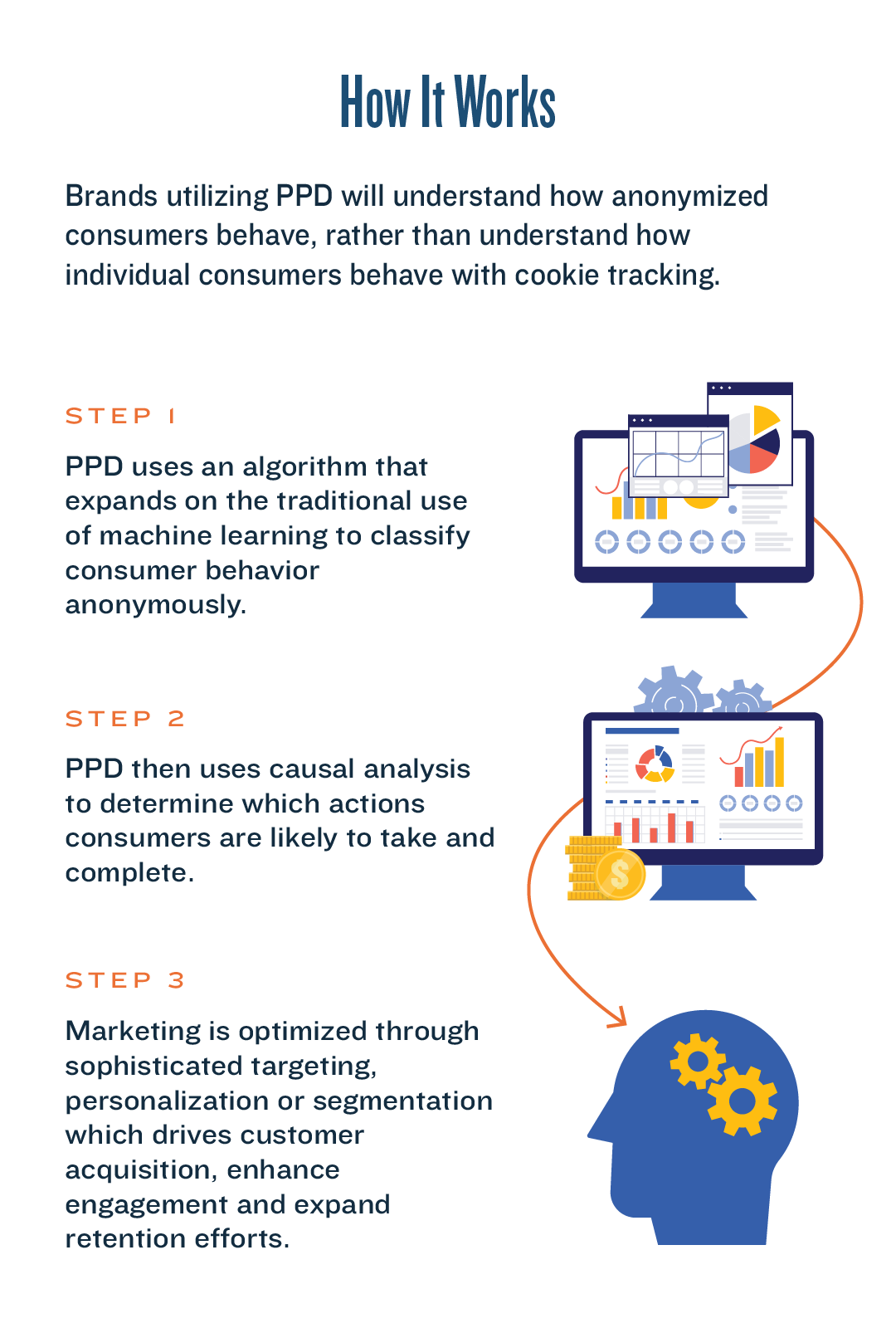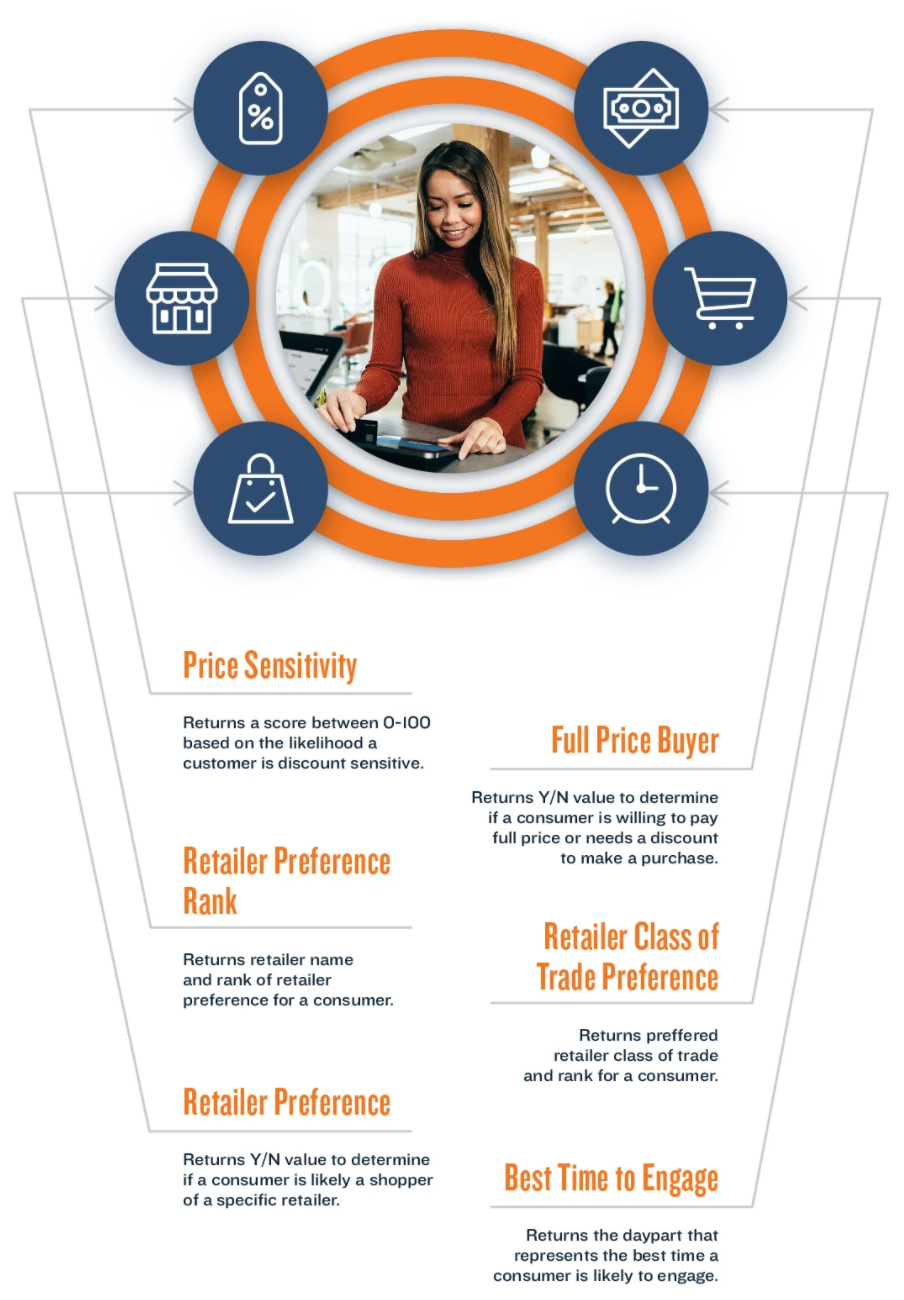Predictive Purchase Data™
Replace third-party cookies with a privacy-first alternative that delivers personalization, while simultaneously protecting consumers.
Predictive Purchase Data™
Deliver 1:1 Personalization in a World That’s Becoming More Private
With new consumer privacy laws, the disappearance of third-party cookies and web browsers no longer providing marketing attribution, it is becoming harder for brands to deliver the type of personalization consumers expect.
Over the past decade, RevTrax has analyzed how consumers behave to variances in pricing and promotions. Over 1.2 billion data points across several consumer categories later, our technology is able to analyze consumer audiences and provide the likelihood of a consumer completing a desired action.
Armed with these insights, brands can hyper-personalize existing databases, target and convert both existing and anonymous audiences in a privacy by design framework. By using causal analysis, Predictive Purchase Data (PPD) enhances marketing by providing brands with behavioral insights that motivate consumers to convert – driving more sales, customer acquisition, repeat purchases and brand loyalty.


“63% of consumers will stop buying from brands that use poor personalization tactics.” – Smart Insights
Predictive Purchase Data is an audience targeting and segmenting solution inferred from a decade of consumer behavioral insights. Our predictive models have a 98% online match rate and allow you to understand behaviors like consumer retailer preference, which consumers are full priced buyers or how discount dependent your audience is in a privacy-conscious manner.
Since this data isn’t specific to ever-evolving individualized demographic data, but rather behavioral intent, it’s constantly adapting and always applicable.
Personalized Consumer Experience.
Elevate Your Marketing Strategy
PPD is more than just a way to target. Brands receive the insights needed to build responsive, intuitive, customer-centric marketing programs.
- More Sales: Brands that deploy behavioral marketing can increase their profits by up to 15%.
- Increase Customer Knowledge: Receive insights to accurately predict how a potential customer will behave during the purchase journey.
- Enhanced Personalization: By knowing what known and unknown audiences are looking for, you can serve up content that meets their needs.
- Improved Retention: Identify retention opportunities within your existing customer base and reach out before they move to a competitor.
- Superior Returns: Tapping consumers when they’re looking to purchase a product or services leads to a higher conversion rate and boosts marketing ROI.
Integrating the use of PPD helps streamline your marketing efforts, but more importantly, it creates a better customer experience as you listen and respond to the needs of your customers.


Find Your Audience
The foundation for any marketing strategy is finding your audience, and then understanding what type of marketing best converts that audience into sales. With the right tools, brands are better able to identify high-intent audiences, and tailor their outreach to maximize efficacy, all without sacrificing margins.
Brands that deploy behavioral marketing can increase their profits by up to 15%
PPD proposes a new way for businesses to reach known and unknown consumers in a personalized manner, while at the same time allowing the people who are targeted to remain anonymous.

80% of consumers are more likely to make a purchase from a brand that provides personalized experiences.” – Epsilon
Engage Both Known and Unknown Audiences with 6 Types of Predictive Models
- Price Sensitivity: Helps marketers predict how price sensitive a new or existing customer is within a product category.
- Full Price Buyer: A simplified version of Price Sensitivity that helps marketers predict if a new or existing customer is a full-price buyer within a product category.
- Retailer Preference Rank: Helps brands or retailers understand how important each retailer is to a given customer for a specific category of spend.
- Retailer Class of Trade Preference: Tells a brand which type of retailer (grocery store, drug store, etc.) a given consumer is likely to purchase a category of products at (i.e. baby care).
- Retailer Preference: Helps retailers understand where else a given customer is spending money on a certain category of product and create tailored messaging for those customers to win those purchases.
- Best Time to Engage: Helps a brand maximize marketing impact by deploying ads or messaging for a given consumer at the optimal time that consumer is likely to engage and convert.

Available for Any Industry
- An auto dealer could personalize luxury or economy models to customers based on their score.
- A luxury auto company could suppress their audiences to only focus on those with a likelihood of paying full-price.
- A CPG brand could focus their premium products on price insensitive customers and lower-priced versions to price-sensitive customers.
- A CPG brand could target their premium offerings or any product to customer most likely willing to buy without a coupon.
- A retailer could offer higher price-point products to price insensitive customers and clearance products to price-sensitive customers.
- A luxury retailer could focus their marketing on customers only likely to pay full-price. Any retailer could overlay this signal to ensure they are only targeting customers likely to pay full-price and avoid deal-seekers.
- A travel company could use this signal to offer luxury accommodations to price insensitive customers versus economy accommodations to price sensitive users.
- A luxury travel company could suppress their targeting to only likely full-priced buyers. An airline could market their premium offerings to customers only likely to pay full price.
